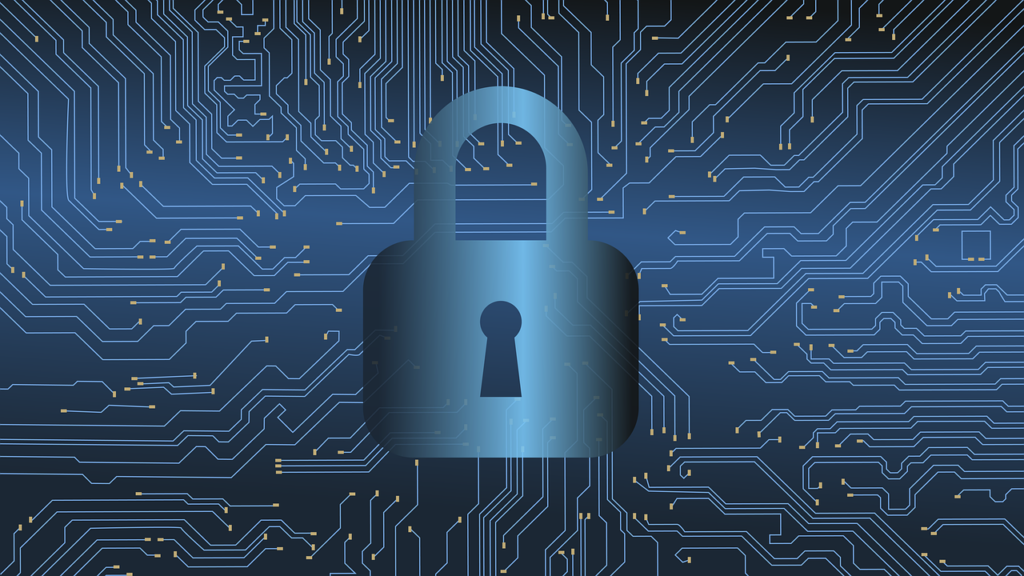Any business big or small faces multiple cyber threats every day. Their in-house or outsourced IT teams put in mammoth hours to investigate, monitor and alert that also include false positives to some extent. To summarize it’s an exhausting and time-consuming task. Deception technology inbuilt XDR tool is one such revolutionary tool that improves the IT team’s productivity through automation and smart priority-based filtering.
One big advantage of advanced XDR solutions is many cyber threats that evade normal detection fail to bypass deception inbuilt XDR tool. This enhances IT team speed, network monitoring, cloud services, endpoint security and eliminates various other intruders.
In this article, we will discuss what is XDR and how it is critical for enterprise security in today’s complex and volatile business environment.
What is XDR?
XDR stands for “extended detection and response” which brakes traditional security complexities and delivers lag-free detection and response across all data sources. XDR is used to scan and identify sensitive data and protect same from unauthorized access. This is a critical function for businesses and organizations, especially those dealing with sensitive data like healthcare organizations, financial institutions, and federal agencies. XDR are one part of a larger information security implementation. But they’re an essential part, as they help protect critical data like social security numbers, bank account information, and other financial details. It’s easy to lose control of such data, and it can be extremely costly to repair the damage.How XDRs enhance cybersecurity
In order to combat today’s increasingly sophisticated attacks, XDR applies analytics and automation to all data, including endpoint, network, and cloud data.Teams working in cybersecurity can:
- Proactively identify complicated, covert threats.
- Track threats from any source or area.
- Boost the IT team’s efficiency
- Enhance security ROI
- Improve the efficiency of investigation monitoring & closure

